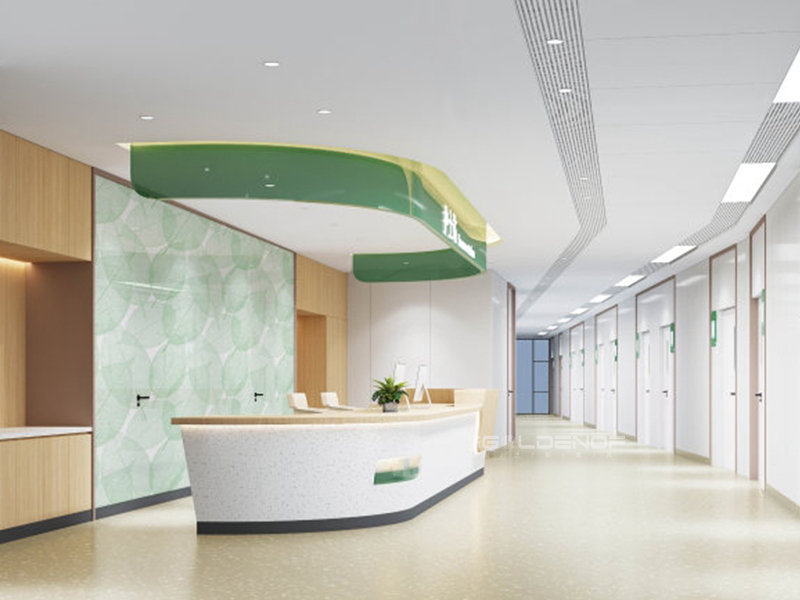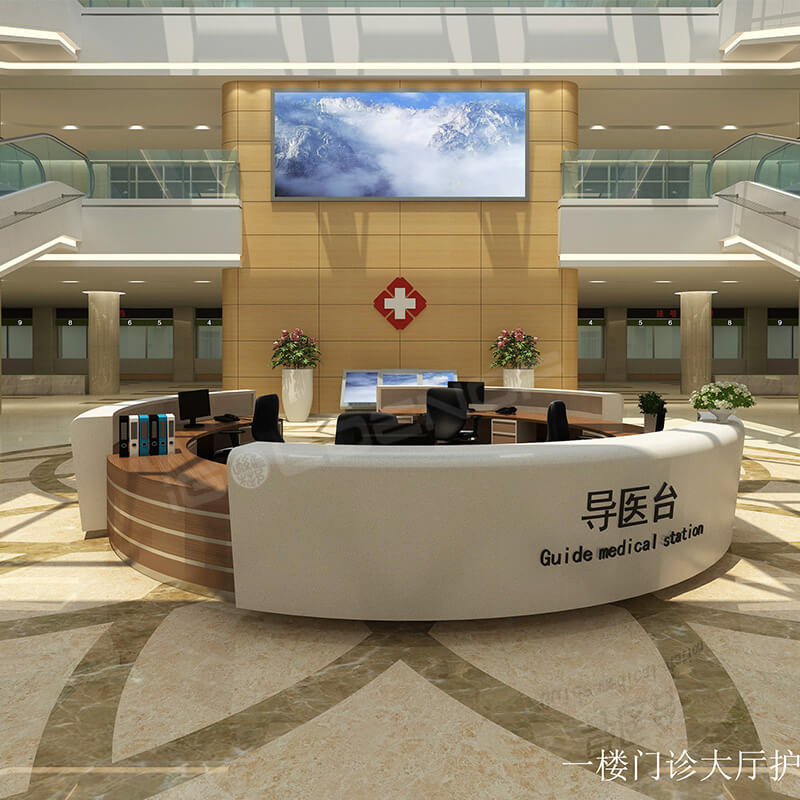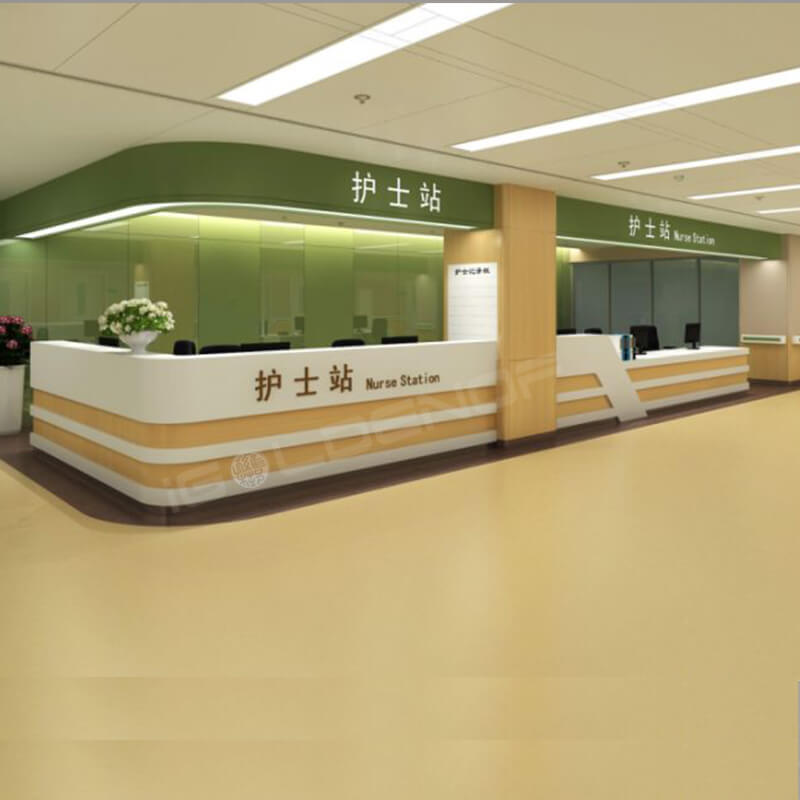The design of hospital furniture is both a functional project and an artistic embodiment. In the medical space, the design of furniture should not only meet the professional needs of medical staff, but also take into account the psychological and physiological feelings of patients, while also taking into account the coordination and aesthetics of the overall environment. Therefore, the design of hospital furniture can be described as a comprehensive task, which requires designers to fully understand the characteristics of the medical space and combine the principles of humanization, comfort, safety and other principles for innovative design.
First of all, the design of hospital furniture should fully reflect humanization.

The medical space is a special environment that carries people’s lives and health, so the design of furniture should first take into account people’s needs and feelings. For example, the design of the bed should take into account the comfort of the patient, the height and position of the bedside table should be convenient for patients to take items, and the design of the nurse station should be convenient for medical staff to work and communicate. In addition, the color and shape of the furniture should also take into account the psychological feelings of the patient, with soft and comfortable tones and simple and smooth lines as the main focus, to create a warm and quiet rehabilitation environment for patients.
Secondly, the design of hospital furniture should focus on comfort.
Furniture in the medical space, whether it is a bed, chair or locker, should have sufficient comfort and durability. The mattress and pillow of the hospital bed should be made of ergonomic materials to provide sufficient support and comfort; the height and inclination of the chair should be adjustable to accommodate users of different heights and body shapes; the design of the lockers should take into account the storage capacity and accessibility, while avoiding too many corners and sharp objects to prevent patients from being injured during use.
Thirdly, the design of hospital furniture should ensure safety.

The furniture in the medical space needs to withstand frequent use and cleaning and disinfection, so its materials and craftsmanship should meet the corresponding safety standards and specifications. The corners of the furniture should be rounded to avoid injuries in the event of collision; the surface of the furniture should be made of easy-to-clean, corrosion-resistant materials to facilitate daily cleaning and disinfection; at the same time, the structure of the furniture should be stable and reliable to avoid loosening or damage due to long-term use or accidental collision.
In addition, the design of hospital furniture should also focus on the coordination and aesthetics of the overall environment.
As a whole, the furniture inside the medical space should be coordinated with the space environment to form a unified and harmonious visual effect. The color and shape of the furniture should be consistent with the overall style of the space, which is in line with the characteristics of the medical space and can enhance the quality and beauty of the space. At the same time, the layout and combination of furniture should also take into account the utilization efficiency and convenience of space, and avoid excessive crowding and obstacles.
Finally, the design of hospital furniture should also take into account the development and changes of medical technology in the future.
With the continuous advancement of medical technology and the continuous upgrading of medical services, the functions and layout of medical space will also change accordingly. Therefore, the design of hospital furniture should have a certain degree of flexibility and scalability to adapt to the changing needs of medical space in the future. For example, a modular design concept can be adopted to split the furniture into multiple combinable units, which is convenient for adjustment and replacement as needed.

In summary, the design of hospital furniture is a complex and important task. It requires innovative design based on the principles of humanization, comfort, safety, etc., while taking into account the coordination and aesthetics of the overall environment. Only in this way can a practical and beautiful medical space be created for patients and medical staff, and the quality and efficiency of medical services can be improved.
